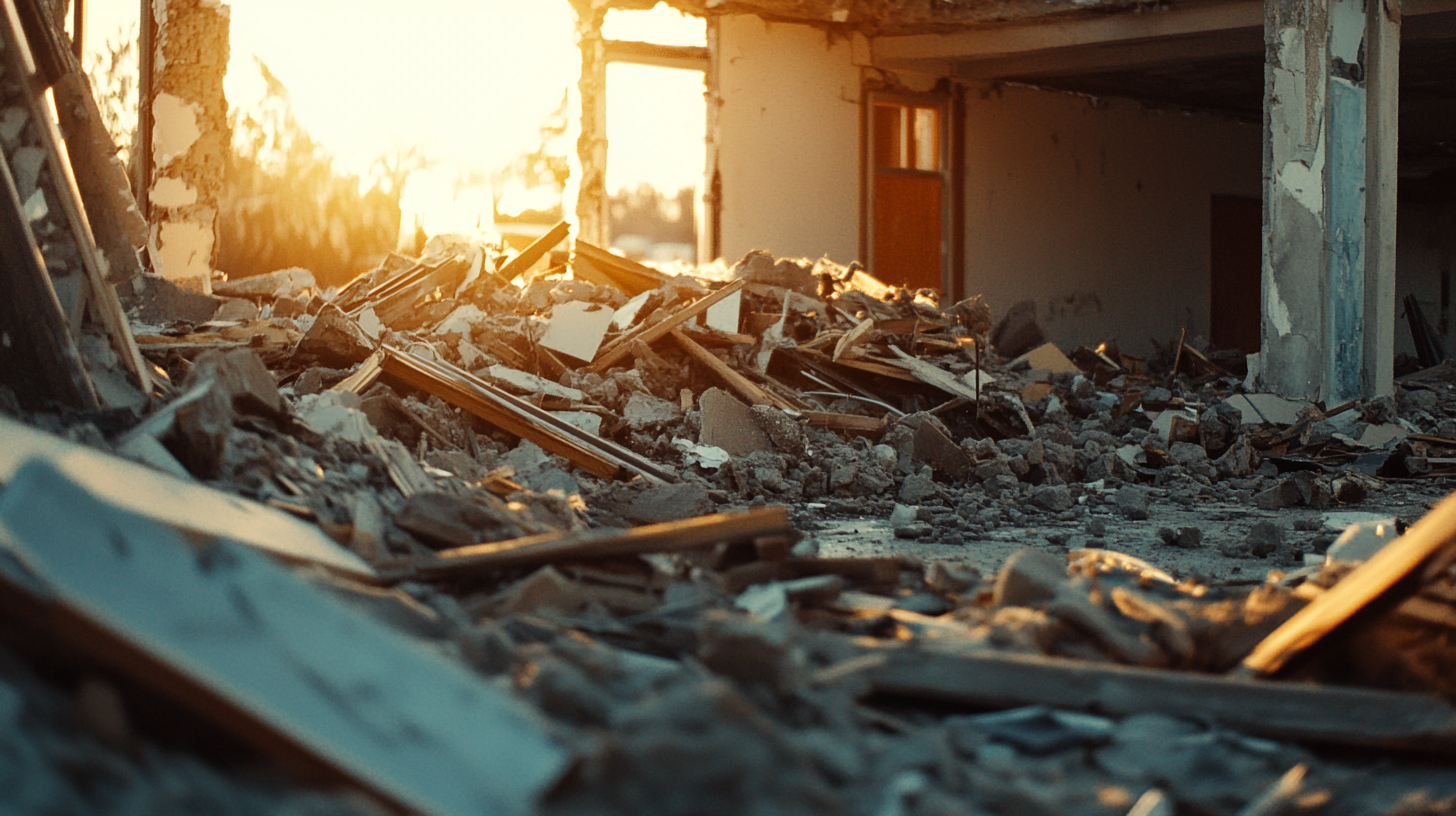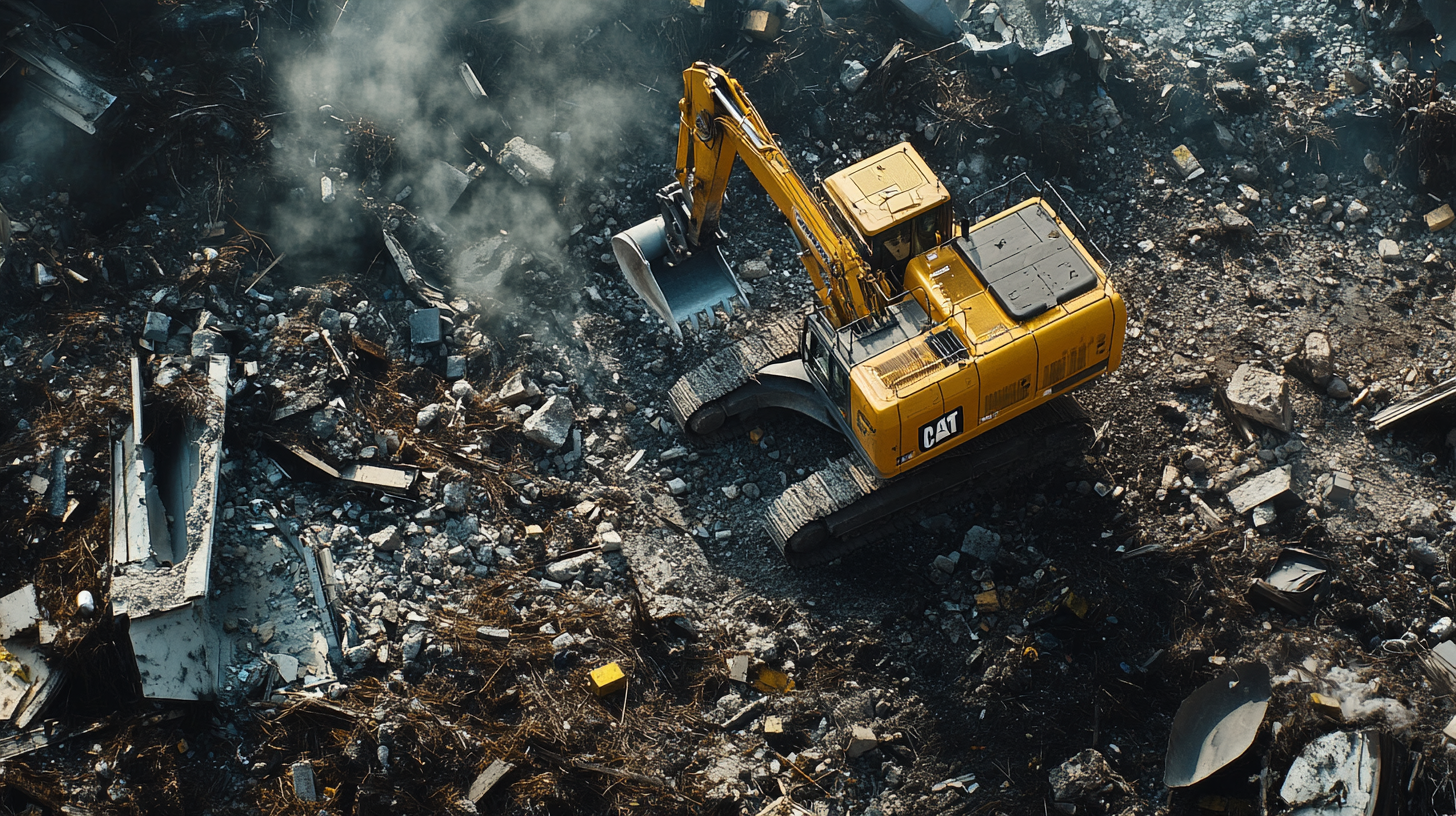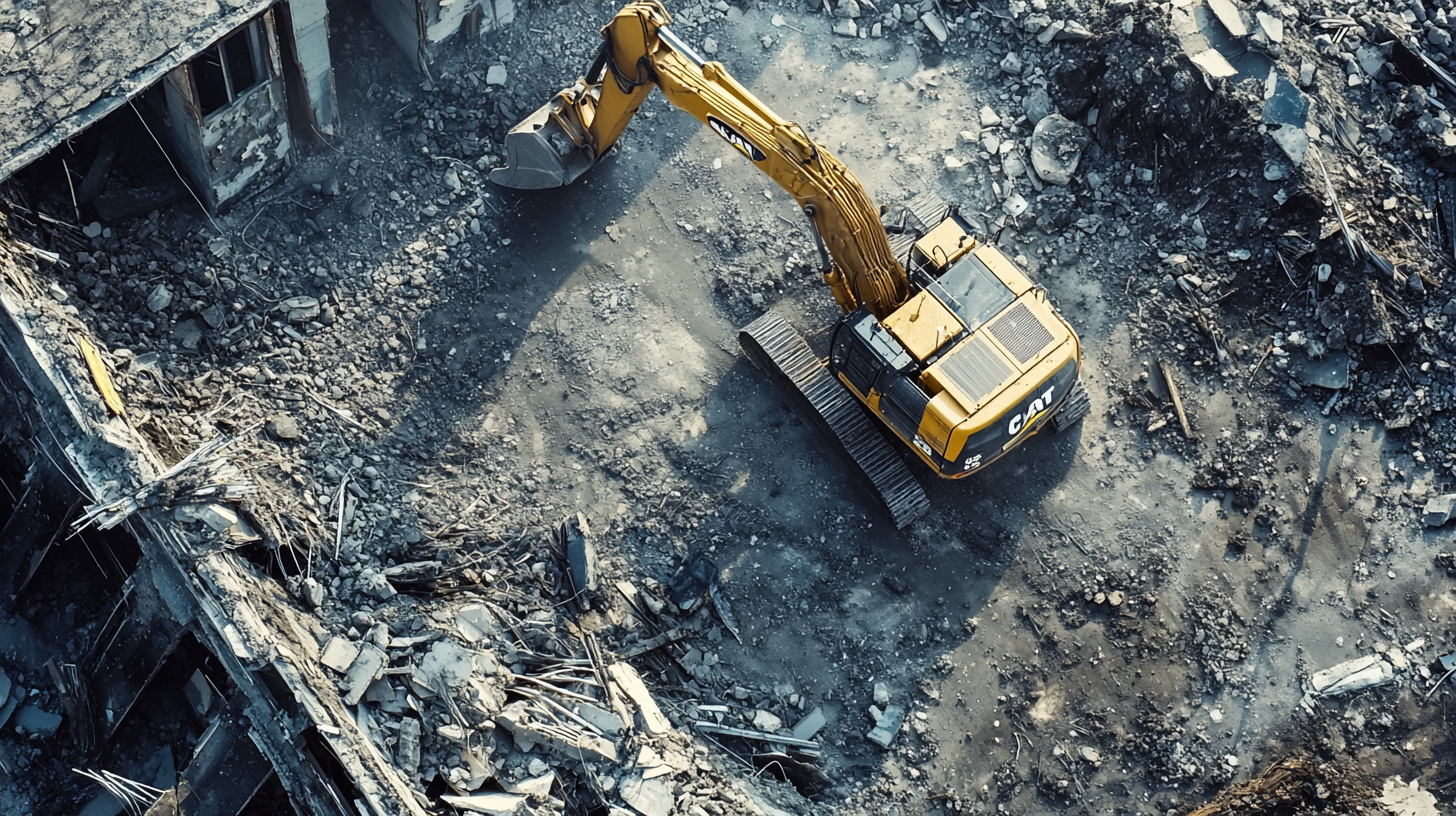Ensuring a cozy and comfortable living environment is a top priority for homeowners, and one often overlooked aspect that plays a significant role in achieving this goal is crawl space wall insulation. Crawl space wall insulation offers a range of benefits that extend far beyond just keeping your home warm. From improved energy efficiency and reduced utility bills to enhanced indoor air quality, this insulation method holds the key to preserving your home's comfort and creating a haven of relaxation for you and your family. In this blog, we delve into the valuable advantages of crawl space wall insulation, exploring how this investment can positively impact your daily life and contribute to a more enjoyable and sustainable living space.
Temperature Regulation: The Role of Crawl Space Wall Insulation in Home Comfort
Crawl space wall insulation plays a crucial role in maintaining optimal temperature regulation and enhancing the overall comfort of your home. By creating a barrier against exterior temperature fluctuations, crawl space insulation helps to prevent heat loss during colder months and heat gain during warmer seasons. This insulation effectively traps conditioned air within your living spaces, reducing the need for your heating and cooling systems to work overtime, ultimately leading to a more consistent and comfortable indoor environment.
Furthermore, crawl space wall insulation contributes to reducing drafts and cold spots within your home. Insulated crawl space walls act as a buffer against chilly air that may infiltrate through gaps and cracks, ensuring that your living areas remain evenly heated or cooled. As a result, you can enjoy a more comfortable and inviting home, where every corner is shielded from extreme temperatures, and your family can relish a cozy atmosphere year-round.
Reduced Energy Costs: How Insulated Crawl Space Walls Contribute to Savings
Insulating your crawl space walls not only enhances your home's comfort but also delivers a significant impact on your energy costs. By creating an effective thermal barrier, crawl space wall insulation minimizes heat transfer between your home's interior and the crawl space. This means that during colder months, the insulation prevents valuable heat from escaping through the walls, reducing the frequency and duration of heating system operation. Similarly, in warmer months, insulated crawl space walls prevent excess heat from infiltrating, allowing your air conditioning to work more efficiently and consume less energy.
The result of this energy-efficient approach is evident in reduced utility bills. With less reliance on heating and cooling systems to counteract temperature fluctuations, homeowners can experience substantial savings over time. The upfront investment in crawl space wall insulation pays off through lower energy costs and a more sustainable home environment, aligning both financial and ecological benefits. As you bask in the warmth of your comfortable living spaces while enjoying the reduced strain on your energy consumption, you'll appreciate the long-term value of well-insulated crawl space walls.
Minimizing Drafts: Crawl Space Wall Insulation's Impact on Indoor Comfort
Crawl space wall insulation plays a pivotal role in creating a well-sealed and draft-free indoor environment, significantly contributing to enhanced indoor comfort. Uninsulated crawl space walls can allow cold air to seep into your home through gaps and cracks, leading to uncomfortable drafts and temperature inconsistencies. By insulating these walls, you establish a barrier that prevents outside air from infiltrating your living spaces, resulting in a more consistent and comfortable indoor temperature.
Insulated crawl space walls also help to maintain a more stable indoor humidity level, further enhancing your comfort. As the insulation minimizes moisture intrusion from the crawl space, it prevents excess humidity from permeating your home. This is especially important for regions with varying weather conditions, as controlling indoor humidity not only supports comfort but also contributes to a healthier living environment. By investing in crawl space wall insulation, you can bid farewell to pesky drafts, enjoy a more stable indoor climate, and relish the heightened comfort that comes with a well-insulated home.
FAQs
-
What are the benefits of insulating crawl space walls?
Insulating crawl space walls can lead to several benefits, including improved energy efficiency, enhanced indoor comfort, and reduced utility bills. It helps to maintain a consistent temperature within your home and prevents drafts, making your living spaces more comfortable.
-
How does crawl space wall insulation impact energy efficiency?
Insulating crawl space walls creates a thermal barrier that prevents heat transfer between the crawl space and your home's interior. This insulation reduces the need for heating and cooling systems to work harder, ultimately lowering energy consumption and costs.
-
Does crawl space wall insulation also contribute to better indoor air quality?
Yes, crawl space wall insulation can indirectly enhance indoor air quality. By creating a barrier against moisture and humidity, it helps prevent mold and mildew growth, which can lead to improved air quality and a healthier living environment.
-
Are there different types of insulation materials suitable for crawl space walls?
Yes, various insulation materials can be used for crawl space walls, such as foam board insulation, fiberglass batts, and spray foam insulation. The choice of material depends on factors like your budget, local climate, and moisture levels in the crawl space.
-
Can I install crawl space wall insulation as a DIY project?
While DIY installation is possible, it's recommended to consult professionals, especially for complex projects. Proper installation is crucial to achieving the desired energy efficiency and comfort benefits, and experts can ensure insulation is installed correctly and efficiently.
Contact Bull City Crawlspace Today!
Bull City Crawlspace will do everything we can to ensure your experience with us is excellent.
Request A FREE Estimate
Request a Free Estimate Form
We will get back to you as soon as possible.
Please try again later.
Checkout Recent Post




Got a Question? We’re Here to Help.
You can arrange an appointment or make an enquiry by phone or email, orget in touch to us via our contact form.
Business Hours:
Monday - Friday 8:00 AM - 8:00 PM Saturday and Sunday: Closed
We're your local family owned, operated and licensed crawl space repair and waterproofing company.
919-724-4601
jon@bullcitycrawlspace.com
Services
NATIONWIDE LEADER
Claim you free crawl space consultation today by clicking the button below.
Contact Info
Business Hours:
Mon to Fri: 8:00am - 8:00pm
All Rights Reserved | Bull City Crawlspace

